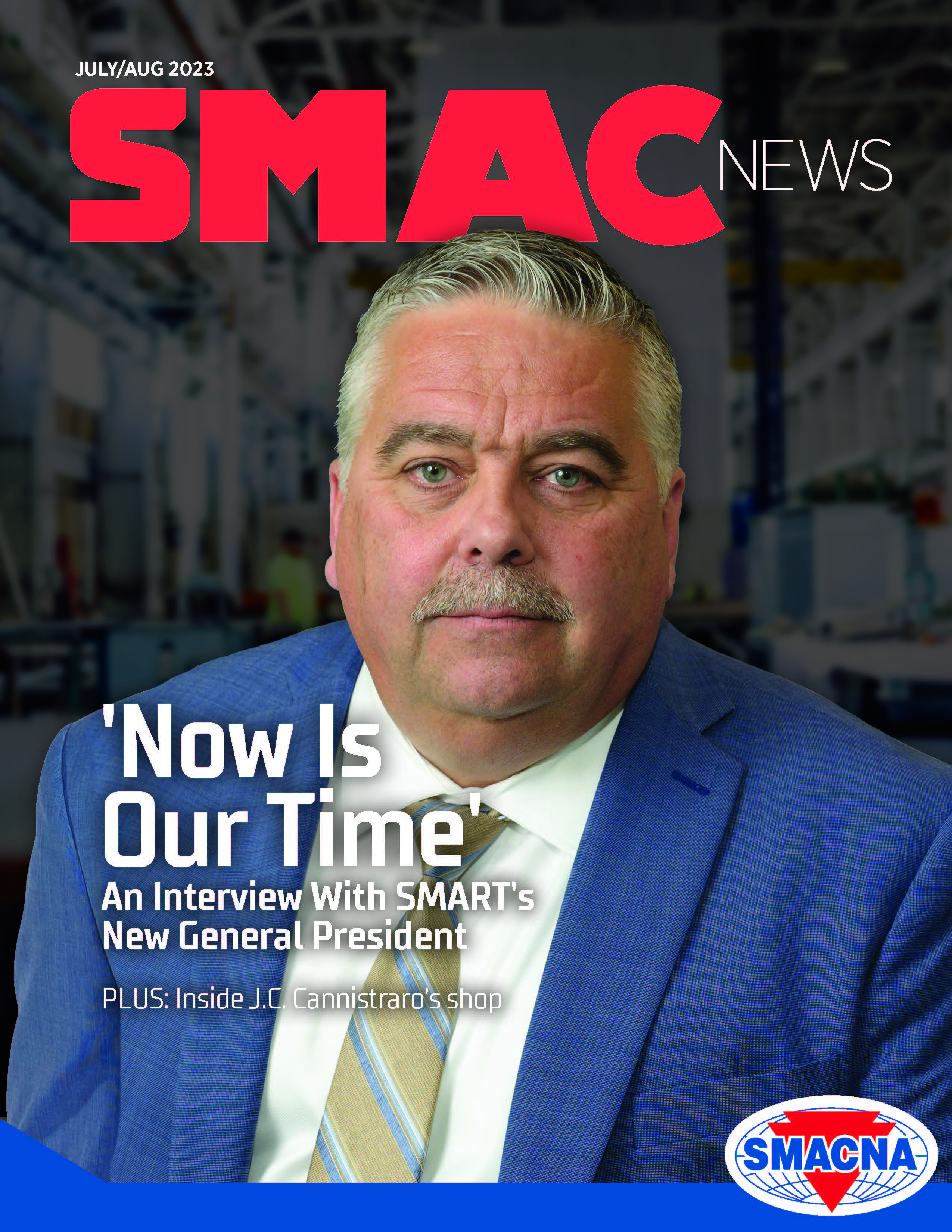Clean Vehicle Credit Drives New Tax Savings for Contractors
As our world becomes increasingly focused on environmental, social and governance (ESG) issues, many businesses are turning to electric vehicles (EVs) to help reduce their carbon footprint and take a step forward into the more electrified world of
As our world becomes increasingly focused on environmental, social and governance (ESG) issues, many businesses are turning to electric vehicles (EVs) to help reduce their carbon footprint and take a step forward into the more electrified world of tomorrow. In turn, the benefits they receive range from lower operational costs to higher reputational favor among stakeholders and clients. On the construction jobsite, electric heavy machinery can yield even greater levels of benefit through lowered noise pollution, emissions, energy usage and project costs.
Under the Inflation Reduction Act (IRA), contractors can now add significant tax savings to this list of benefits. Effective August 16, 2022 through the end of 2032, qualifying new and used commercial vehicles are eligible for the clean vehicle tax credits, IRC 45W. If applicable to your situation, it is also worth noting the availability of IRC 30D for EVs purchased in 2022 or prior and IRC 25E for used EVs.
Qualifying business vehicles weighing 14,000 pounds or more can now achieve up to a $40,000 credit under IRC 45W (up to $7,500 for qualifying vehicles under 14,000 pounds). To be considered a “qualified commercial clean vehicle,” it must be subject to a depreciation allowance, be utilized for business (not resale), and be primarily used in the United States. It must also be made by a qualified manufacturer and not have already been allowed another credit, such as under Section 30D. As with all proper tax planning or tax credit analysis, each taxpayer needs to make the proper analysis with their tax advisor to determine what makes the most tax-efficient sense for them, not only in the current year, but for future tax years to come. Sometimes focusing on the current year, and not looking forward, could end up actually costing you money or, in this case, losing credits you were counting on.
Mobile machinery is among the list of eligible assets under IRC 45W, making this an important tax-savings opportunity for contractors purchasing or leasing electric vehicles. These vehicles must be plug-in with a battery capacity of 15 kilowatt hours (7 kilowatt hours for vehicles less than 14,000 pounds).
The amount of the qualified commercial clean vehicle credit is the lesser of the following (up to the $40,000 or $7,500 cap):
- 15 percent of the taxpayer's tax basis in the vehicle (30 percent if the vehicle is not powered by a gasoline or diesel internal combustion engine), or the incremental cost of the vehicle.
The IRS defines “incremental cost” for this purpose as “the excess of the purchase price of a qualified commercial clean vehicle over the price of a comparable vehicle.” A “comparable vehicle” is defined by the IRS as “a vehicle powered solely by a gasoline or diesel internal combustion engine that is comparable in size and use to the qualified commercial clean vehicle.”
There is no limit on the number of credits your business can claim, but they are nonrefundable. If the credit amount exceeds the amount of tax owed, it cannot be refunded but can be carried forward as a general business credit.
These rules are for business-use vehicles only. For personal-use vehicles, the rules before and after the enactment of the IRA (August 16, 2022) vary by income, cost and manufacturer limitations. With these recent changes, it is important to seek the advice of your tax professional to determine your business and/or personal eligibility, as well as the tax year in which to take the credit if the date of contract and date placed in service fall in different years.
For more information, please contact Ronald Eagar, partner at Grassi Advisors and Accountants, at reagar@grassicpas.com or 516.336.2460.
Published: September 8, 2023
IN THIS ISSUE
‘Now Is Our Time’
SMART General President Mike Coleman says the industry has given him everything, and he wants to give back to it in every way he can.
An Economic Overview & SMACNA Issues Update
The U.S. economy surprisingly accelerated to a 2.4% annual growth rate from April through June, showing continued resilience in the face of steadily higher interest rates resulting from the Federal Reserve’s 16-month-long fight to bring down
Best Practices for Using “Apprentices” on Davis-Bacon Projects
The Davis-Bacon Act and its companion acts require all contractors and subcontractors performing work on federal or District of Columbia construction contracts or federally assisted contracts in excess of $2,000 to pay their laborers and mechanics
Building a Strong Labor Relationship
Summers are always busy for SMACNA members and national staff. We visit multiple chapters to conduct education programs, attend board meetings and participate in great local functions.
Clean Vehicle Credit Drives New Tax Savings for Contractors
As our world becomes increasingly focused on environmental, social and governance (ESG) issues, many businesses are turning to electric vehicles (EVs) to help reduce their carbon footprint and take a step forward into the more electrified world of
Diving In
The Hermanson Co. works on the HVAC for one of the most distinctive buildings on Seattle’s waterfront.
Grow Client Loyalty With Education Amid Record Heat
Excessive heat and higher-than-normal temperatures have been intensifying for much of the United States.
Home Port for J.C. Cannistraro
The FID is a symbol of workforce opportunity and economic redevelopment in the heart of Boston’s industrial marine district.
Meeting the Needs of Many
Apollo Mechanical has the skills to tackle the North Valley Complex's multiple needs.
Rebuilding a Historic Dome and Cupola
A custom sheet metal company played a vital role in a courthouse’s restoration after it was devastated by a fire.
Registration for the December Council of Chapter Representatives Meeting Opens Next Week
Gathering provides chapter executives an opportunity to learn about the latest developments surrounding SMACNA and engage in robust dialogue with their peers.
The Five Skills of an Effective Leader
BE4ALL envisions a sheet metal industry where ALL workers and contractors feel seen, heard and welcomed. To achieve this vision, we must build it.
The Top 5 Benefits of Investing in Social Media Marketing
Thinking about using social media more strategically for your SMACNA business? Here is the latest research on who uses those channels, what they are seeking and the reasons you can benefit from these trends.



